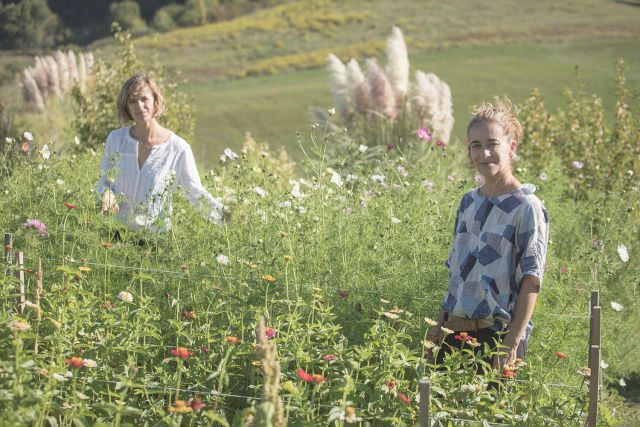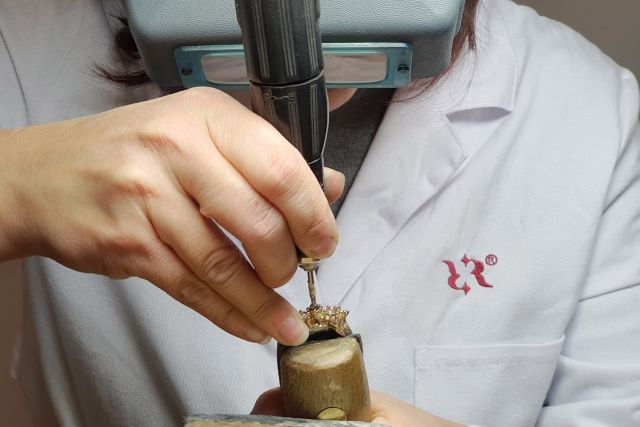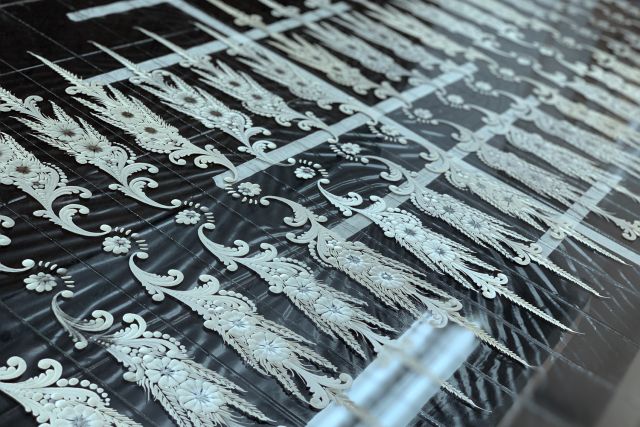Pivot balustrade, hand forged from iron, is inspired by the forms that athletes of rhythmic gymnastics draw in the air with ribbons during competitions or performances. Harmonic and essential lines are the basis of this design obtained with calendering and hot forging techniques.
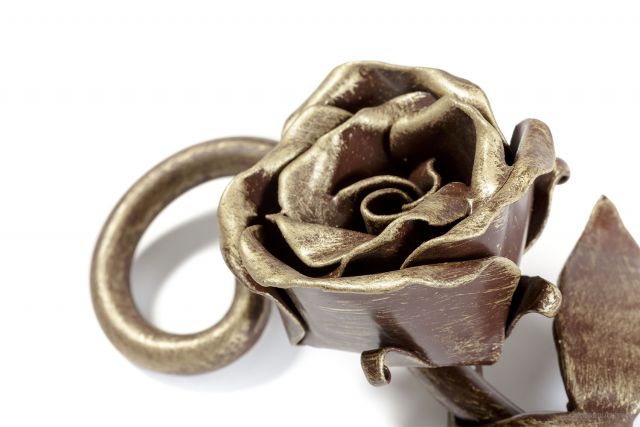
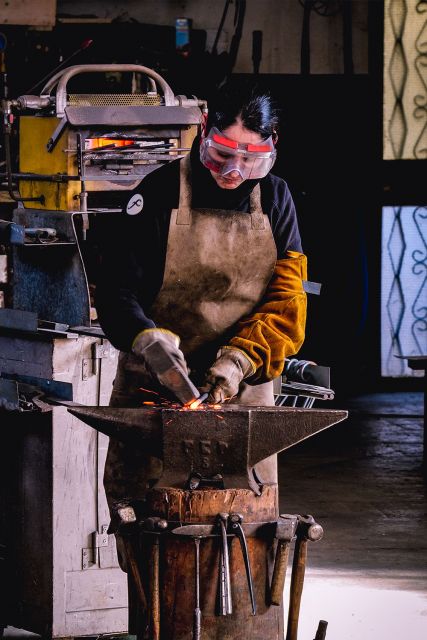
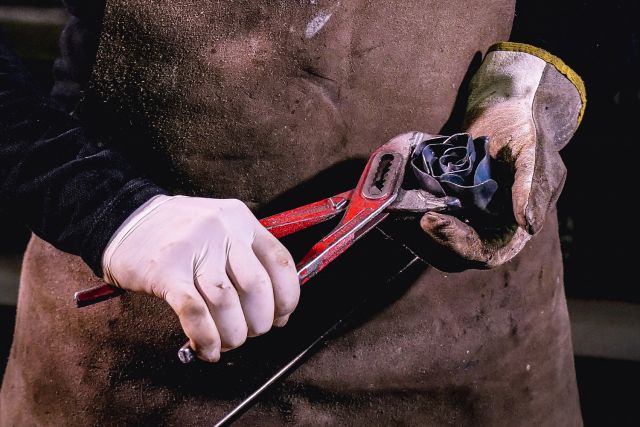
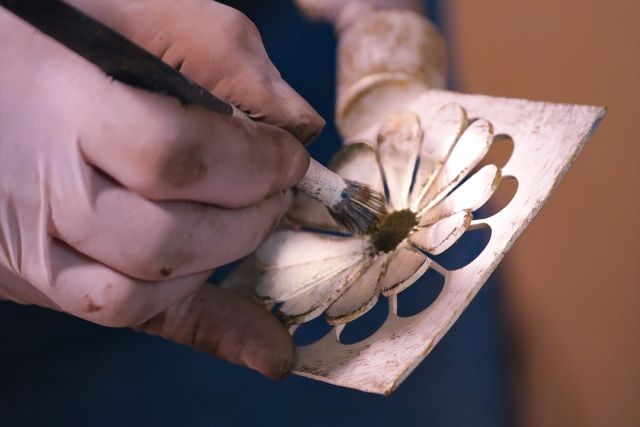
Francesca Frau
- Blacksmith
- Serrenti, Italy
- Master Artisan
By appointment only
+39 3384228347
A feminine touch
- • Francesca specialises in the iron forging technique
- • Her master is her father Mario Frau
- • Sardinia is her main inspiration
Francesca Frau calls herself a "fabbra", the Italian feminine word for blacksmith. One of the few females in a profession mainly chosen and dominated by men. Someone tried to convince her not to take up the job, but she never listened, “I could never be in front of a computer all day”, she simply puts it. So, in 2004, when she was only 23, she chose to keep alive the family tradition and started her apprenticeship in the workshop of her father, who just retired. The style of her creations ranges from classic to modern, combining aesthetic and functionality, together with meticulous attention to detail that makes each piece unique. Her artworks are created using ancient techniques such as forging, flame-painting and chiselling. Much of her production is dedicated to interior and exterior furnishing accessories.
Read the full interviewWorks
Photo: ©Francesca Frau

Photo: ©Francesca Frau
This engraved wall lamp, built from a hand forged sheet and tube of iron, is decorated with reproductions of pintadera drawings. These drawings, created by the Nuragic civilization, were found during archaeological digs. The drawings were created in forms of stamps, often on fired clay, and used as stamps or moulds for multiple functions such as the decoration of oven baked bread.
Height 35 cm
Width 15 cm

Photo: ©Francesca Frau
This white handcrafted wall lamp with a flat light is forged using techniques of deep drawings, a technique of forming metal sheets. The lamp is decorated using plasma cutting techniques. The design of the lamp is one of the most emblematic ones in Francesca Frau’s region, and is considered a symbol of good luck and fertility.
Height 30 cm
Width 20 cm

Photo: ©Massimo Loi
The design of this hand forged coat hanger is inspired by the memory of one of the most painful plagues in Francesca Frau’s region, that of forest fires. Arso represents the image of a tree after the passage of fire, stripped of its leaves and the worn stem, but still standing. New buds, ready to bloom on the tip of the branches symbolise hope. The branches are made using techniques of tapering and forging, the base in plasma cut iron sheet, and the overall piece finished with a rust-colour finish.
Height 220 cm

Photo: ©Pierluigi Dessì
This ceiling chandelier with four lights is hand forged from iron, combining tubukar and flat sheets of metal. The shape is inspired by the “orziadas”, sea anemones typical of the Sardinian seabed, whose stinging tentacles are made to float by the waves with sinuous movements. The ends of the "tentacles" as well as the seats of the lamp holders were worked by hot forging.
Height 80 cm
Width 160 cm





